Summary:
● To protect pets, you should choose pet-friendly plants such as Spider Plants and Areca Palms and place them safely beyond reach by using shelves, hanging planters, and protective cages.
● Pet owners should utilize gardening practices that protect animals, such as covering the soil with decorations, avoiding dangerous fertilizers and chemicals, and constructing stable planters and decorative layers.
● Both Pet Training and designated Pet Gardens should be established for pets to learn plant boundaries through positive reinforcement and space creation using pet-friendly plants such as Cat Grass and Chamomile.
The inner distribution of green plants creates both aesthetic improvements in your living environment and beneficial effects on your mental and physical health. Interaction with indoor plants leads to decreased physiological and psychological stress as shown in a Journal of Physiological Anthropology study. The formation of an indoor garden appears challenging for pet owners whose pets include cats, dogs, and especially active European Doberman puppies.
Safety ratings need to match with stylish elements to find an appropriate balance between these two needs. The fiddle leaf fig, which appears attractive to you, holds toxic properties that endanger your pet. People can create safe and stylish indoor jungle areas that deliver equal fulfillment to humans while protecting their pets.
Why an Indoor Garden Matters — Especially for Pet Owners:
People who grow indoors develop more than an ornamental environment because they establish a sacred indoor space. NASA conducted the Clean Air Study to determine that particular houseplants efficiently eliminate 87% of airborne toxins within 24 hours. All members of the family, as well as pets, profit from the higher indoor air quality that results from this indoor gardening.
Dr. Kristie Williams, DVM from Veterinary Emergency Group, stresses the following point:
Pet owners should know that their animals behave similarly to toddlers because they put everything they encounter into their mouths. Houseplants must be non-hazardous for all family members because pets, along with children, put everything inside their mouths.
1. Choose Only Pet-Safe Plants:
Selection of pet-safe plants requires proper identification. Popular houseplants that offer attractive aesthetics, such as Monstera Pothos and Snake Plant, carry potentially harmful substances for pets. Pet owners can rely on the American Society for the Prevention of Cruelty to Animals (ASPCA) database, which contains accurate information about both toxic and non-toxic plants for household pets.
The following list contains three safe plant choices that will remain pet-friendly for your home:
● The Spider Plant (Chlorophytum comosum) stands out as a fantastic air-cleaning plant that remains harmless to pets.
● The Areca Palm (Dypsis lutescens) stands out as an attractive plant due to its non-hazardous quality.
● Calathea – Known for its dramatic foliage and safety for animals.
● Maranta leuconeura Prayer Plant stands as a straightforward houseplant that both children and pets can handle easily.
The best approach is to avoid trusting plant labels or nursery workers alone. According to Jane Silverman, horticulturist and founder of GreenNook Interiors, plant safety confirmation should always involve consulting the ASPCA's reputable resources.
2. Caring for both plants and pets requires placing them in elevated and isolated areas.
Your pet's safe selection of plants should not guarantee your peace of mind when stray paws disturb them. Active dog breeds, including European Dobermans, exhibit the characteristic behavior of climbing and exploring.
Design strategies should become your allies for garden success.
● Plants secured on walls through shelves and hanging planters will be out of reach at higher altitudes while providing decorative elegance.
● With Boston Fern and String of Hearts trailing pet-safe plants arranged on floating shelves, you will achieve beautiful vertical green wall arrangements.
● Plant cages, together with decorative cloches, function to protect more fragile greens from damage.
The House Beautiful 2023 design trends report named vertical gardening an interior decoration solution that combines style and safety.
3. Secure Soil and Use Pet-Safe Potting Solutions
Soil functions as an unending attraction for pets who attempt to dig or sniff with their noses and paws. To deter digging:
● Arrange decorative moss along with small stones as a finishing layer on top of the soil.
● Noise-tolerant ceramic, along with concrete containers, make better outdoor planters because they resist tipping better than other materials.
● Self-watering planters serve twofold purposes by shielding the soil from sight and producing less mess.
Chemical fertilizers combined with pest-control products containing disulfoton or metaldehyde should be avoided because they contain harmful ingredients. Even when consumed in tiny amounts, these substances remain dangerously poisonous for human and animal bodies.
Bone meal, a natural fertilizer, proves dangerous for human consumption. Dr. Karen Shaw Becker recommends pet-safe certified products alongside organic compost fertilizers, as per her role as co-author of The Forever Dog and integrative veterinarian.
4. Design with Purpose: Aesthetic Meets Practical:
Safety arrangements never require sacrifices related to style. Properly organizing your indoor garden enables you to create a beautiful visual center that stands out.
Design considerations include:
● Each pot and container should match your home colors because their tones should harmonize with your decorative theme.
● Different planter materials, such as metal, woven baskets, and ceramics, should be combined to create textural contrast in indoor plant designs.
● Designated green corners should exist separately from pet play spaces, making use of both reading nooks and window alcoves that receive sunlight.
The journal Frontiers in Psychology (2021) confirms that biophilic design connects living spaces to natural elements to boost productivity, well-being, and creativity.
5. Train Your Pets to Respect the Green Zone
Environmental design is helpful, but pet training is just as important for achieving results. Positive encouragement will help your pets understand which things they should not touch.
● The training protocol of clicker training enables immediate redirection of animal behaviors.
● Pets need alternative activities consisting of enrichment toys together with scratching posts to maintain their mental stimulation.
● Most pets turn away from citrus sprays and aluminum foil when these items are positioned near plant bases.
The American Kennel Club verifies that rewarding pets produce sustained positive behaviors better than punishing them does.
6. Create a Pet Garden Just for Them
By creating a designated area for your pet you can stop constantly preventing them from interacting with plants.
Suggested plants for pet-specific gardens:
● Your feline friend can consume Cat Grass either as Wheatgrass or Oat Grass which helps digestion and avoids hairballs.
● Catnip or Silver Vine – Great for enrichment and stress relief.
● Given veterinary approval, you should use Chamomile or Valerian root as soothing dog-friendly plant options.
Laura Deaton, CPDT-KA, a pet behavior specialist, provides an expert explanation that highlights that pets who explore their own designated space are less likely to damage your garden.
Setting aside a windowsill section as an enclosed raised bed indoors will create a happy pet space without harming your principal garden area.
7. Monitor, Adjust, and Stay Informed
Each pet animal embraces life in its manner. Different dogs display varying reactions to your monstera plant, with some refusing to touch it and others treating it as food. Observe and adapt accordingly.
Steps to take:
● Making adjustments to the height and position of plants that are at higher risk levels should be considered.
● A written index for your plants should include emergency veterinary contact information.
● Your priority should be to contact the Pet Poison Helpline at 800-213-6680 and identify the exact plant that caused the ingestion.
Dr. Williams adds,
Your veterinarian needs immediate, accurate plant information from you because this information determines whether your dog faces only scary or potentially life-threatening consequences.
Conclusion:
The process of designing pet-safe indoor gardens goes beyond selecting non-harmful plants. Building an indoor garden for pets means observing their behaviors, strategic planning, and selecting reliable expert materials.
Every pet receives its right to environmental security and stimulating surroundings, while owners obtain their dream of both functionality and elegance in their living spaces.
Your thriving indoor garden established through E-E-A-T principles (Experience, Expertise, Authoritativeness, Trustworthiness) will nourish every plant and pet throughout your house.
Horticulturist Jane Silverman explains that a home truly suited for both plants and pets should let them thrive safely in attractive surroundings.
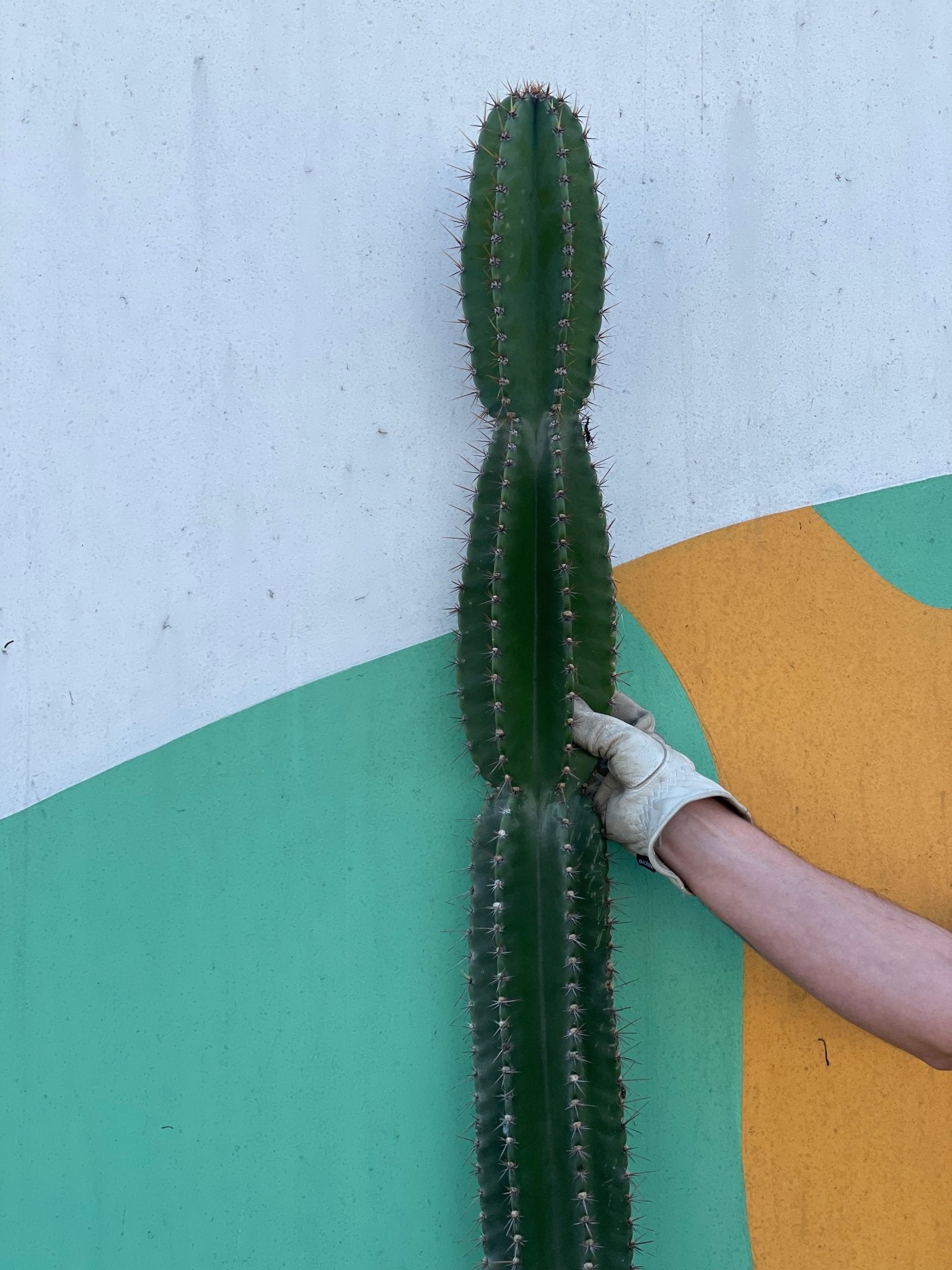


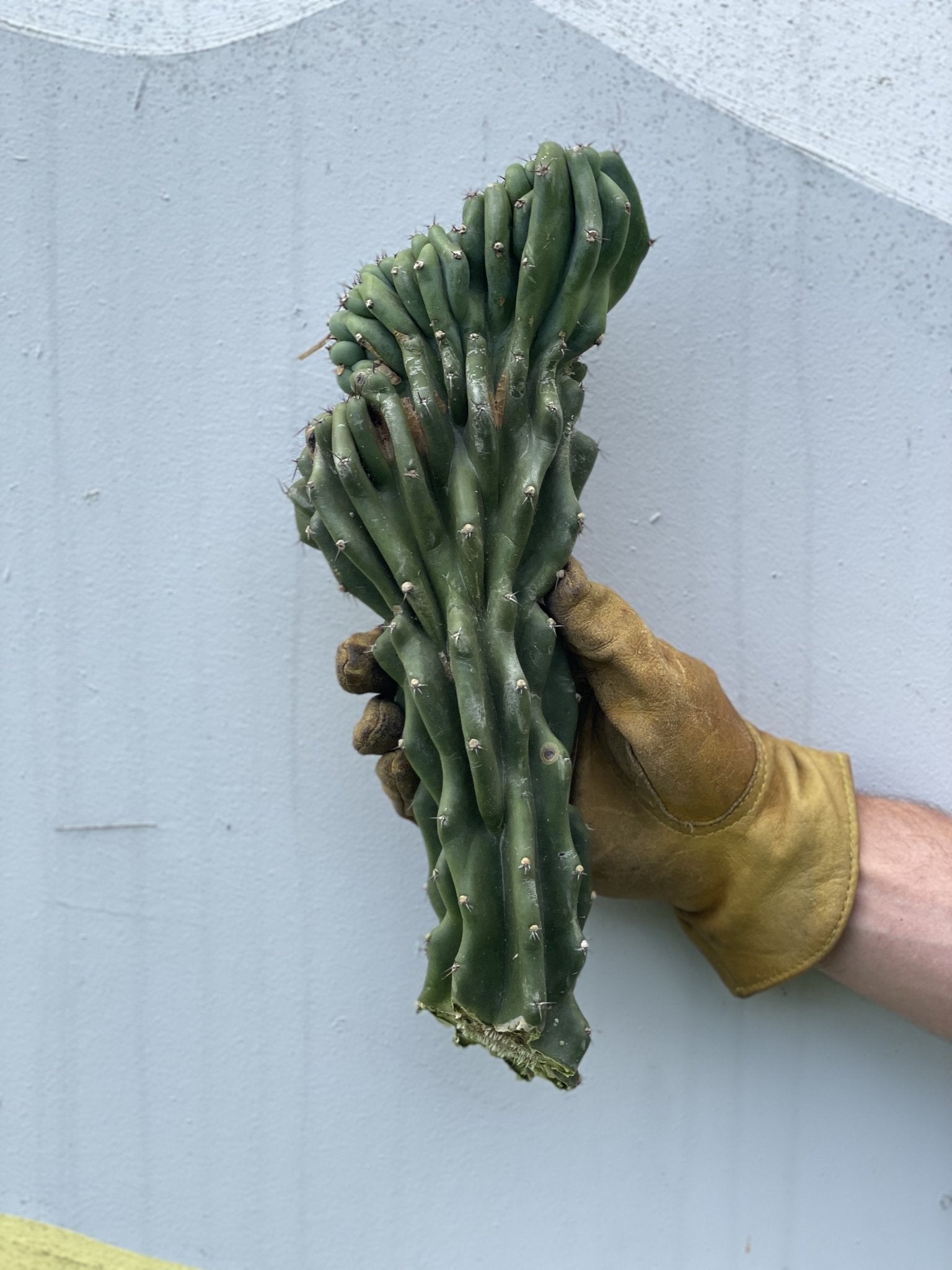


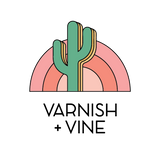
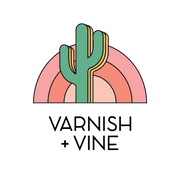



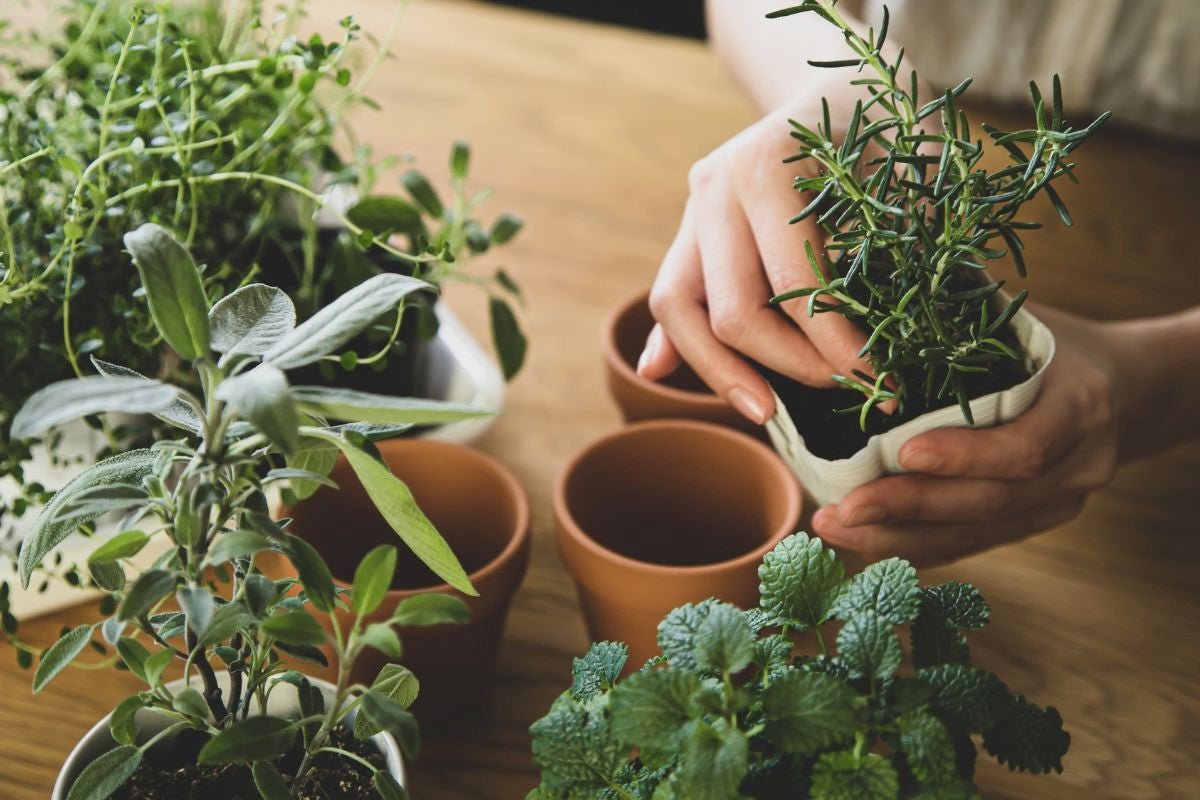
1 comment
<a href=“https://dobermanhighlands.com/https:/dobermanhighlands.com/doberman-puppies-for-sale/akc-doberman-puppies-for-sale/”rel"dofollow">AKC Doberman puppies for sale
<a href=“https://dobermanhighlands.com/https:/dobermanhighlands.com/doberman-puppies-for-sale/health-tested-do…puppies-for-sale/”rel"dofollow">Health-Tested Doberman Puppies for Sale
<a href=“https://dobermanhighlands.com/https:/dobermanhighlands.com/doberman-puppies-for-sale/doberman-puppies-for-sale-2/”rel"dofollow">doberman puppies for sale
<a href=“https://dobermanhighlands.com/https:/dobermanhighlands.com/doberman-puppies-for-sale/delightful-champ…doberman-breeder/ rel”dofollow">Delightful champion bloodline Doberman breeder puppies
<a href=“https://dobermanhighlands.com/https:/dobermanhighlands.com/doberman-puppies-for-sale/champion-doberma…puppies-for-sale/”rel"dofollow">Champion Doberman Bloodline Puppies for Sale
<a href=“https://dobermanhighlands.com/https:/dobermanhighlands.com/doberman-puppies-for-sale/champion-bloodli…es-available-now/”rel"dofollow">Champion bloodline Doberman puppies available now
<a href=“https://dobermanhighlands.com/https:/dobermanhighlands.com/doberman-puppies-for-sale/reserve-a-doberman-puppy-now/”rel"dofollow">Reserve a Doberman puppy now
<a href=“https://dobermanhighlands.com/https:/dobermanhighlands.com/doberman-puppies-for-sale/family-raised-dobermans-for-sale/”rel"dofollow">Family-raised Dobermans for sale
<a href=“https://dobermanhighlands.com/https:/dobermanhighlands.com/doberman-puppies-for-sale/european-doberman-puppies-for-sale/”rel"dofollow">European Doberman puppies for sale
Leave a comment